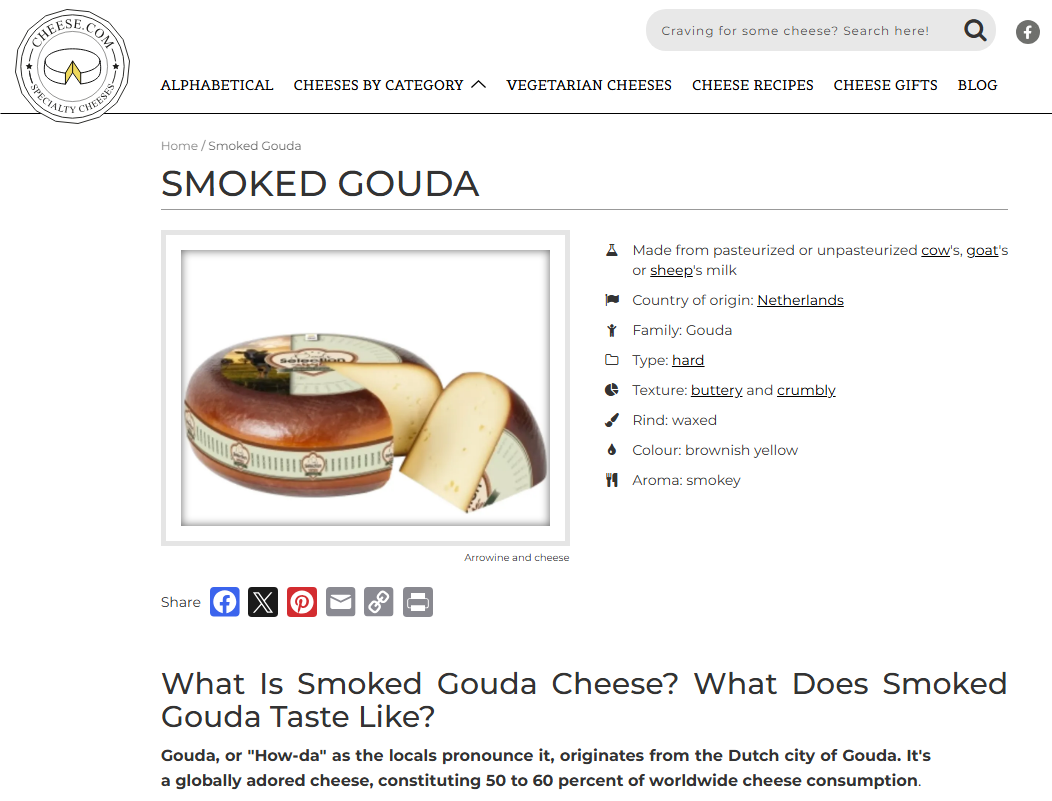Edit Content
Trending






Heartburn occurs when stomach acid backs up into the esophagus. It’s typically characterized by a burning sensation in the chest, but it may also cause regurgitation and difficulty swallowing. As of 2019, there were approximately 784 million cases worldwide, a 78% increase from 1990.
Many factors can increase your risk of heartburn symptoms, such as overeating, certain medications, obesity, and lifestyle choices.
Your diet also plays a significant role and may trigger or worsen symptoms. While there’s no one-size-fits-all list of foods to avoid for heartburn relief, several common culprits exist.
High-fat foods, especially fried or greasy foods, may contribute to heartburn symptoms by affecting stomach acid production and the lower esophageal sphincter (LES) function. The LES is a muscle at the bottom of the esophagus (the tube connecting the throat to the stomach) that opens and shuts to let food in and prevent stomach acid from coming up.
Fatty foods are more calorically dense, taking longer to break down in the gastrointestinal (GI) tract and requiring bile salts and cholecystokinin (CCK) for digestion. Bile salts can irritate the esophagus, and CCK has been shown to relax the LES, resulting in reflux.
To manage or reduce the risk of heartburn, it’s important to be mindful of your overall fat intake. Consider avoiding high-fat foods like:
Swapping high-fat foods out for lower-fat alternatives may help. Lean proteins like chicken, turkey, and tofu may be easier to digest than high-fat beef varieties.
Spicy foods have been known to trigger heartburn symptoms, but their exact mechanism is still unknown. Research suggests spicy foods may directly irritate the lining of the esophagus, contributing to the burning sensation of heartburn.
Compounds like capsaicin, typically found in red peppers, can irritate the stomach lining and delay gastric emptying, keeping food in the stomach too long. This can cause additional symptoms, like bloating, stomach pain, and nausea.
Some spicy foods include:
People prone to heartburn may prefer seasoning alternatives, such as mild herbs and spices. Some herbs, such as basil and oregano, can offer robust flavor without triggering reflux symptoms.
Other people may be able to tolerate spices or spicy foods in small amounts, so it’s important to take note of your reactions after eating spicy foods.
Citrus fruits, tomatoes, and their juices are highly acidic and may trigger acid reflux. Acidic foods may cause frequent swallowing, increase the acidity of your esophagus and stomach, and induce reflux-related symptoms.
People prone to heartburn may need to limit their consumption of acidic foods, such as:
Instead, choose more alkaline (low-acid) foods like leafy greens, root vegetables, and lean proteins. When eating foods with high acidity, monitor your tolerance and adjust portion sizes as needed.
Caffeine is a common trigger for heartburn, as it may reduce the pressure surrounding the LES, allowing stomach content to flow back up the esophagus.
High-caffeine beverages may also increase stomach acid production and irritate the stomach lining, causing further discomfort. Some examples include:
Replacing high-caffeine products with lower-caffeine alternatives may help reduce the risk of heartburn. Instead of a caffeine-rich espresso latte, opt for an herbal tea or decaffeinated coffee. Drinking water can also help limit reflux symptoms.
Carbonated beverages can contribute to reflux symptoms. These can include:
Carbonation can increase stomach pressure, causing the LES to relax and allowing stomach acid to push upward into the esophagus. Many carbonated beverages are also highly acidic, which may further irritate the esophagus lining.
Sugary soda may be especially problematic, as its high sugar content may stimulate excessive stomach acid production. To reduce the risk of heartburn, choose noncarbonated beverages, such as water, herbal tea, or diluted fruit juice. You can also look for low-sodium or flat versions of your favorite carbonated beverages.
Chocolate may also trigger heartburn-related symptoms, as it contains caffeine and cacao, both of which are linked to an increased flow of acid into the esophagus.
Research has shown that eating chocolate may relax the LES, allowing stomach contents to backflow and exposing the esophagus to stomach acid. Chocolate is also high in fat, slowing digestion and increasing stomach acid production.
Limiting or avoiding chocolate consumption may help minimize the risk of heartburn. Dark chocolate typically contains more caffeine and fat than other varieties, which may be especially troublesome.
If chocolate causes reflux symptoms, swap it for low-fat, non-chocolate desserts to satisfy sweet cravings.
Drinking alcohol may relax the LES, allowing stomach acid to rise into the esophagus. Alcohol also stimulates the production of stomach acid, increasing the risk of backflow and stomach irritation.
Different types of alcohol may have varying effects, and moderation is key. For example:
To reduce the risk of heartburn, it’s important to be mindful of your intake or avoid alcohol altogether—especially before lying down at bedtime. Nonalcoholic beverages may provide relief from acid reflux while allowing you the opportunity to enjoy social outings.
Mint is often used to soothe digestive upset, but it is also a common trigger for heartburn in some individuals. Mint, especially peppermint, has a relaxing effect on the LES. After consumption, the valve may weaken and allow stomach acid to flow into the esophagus.
For some people, mint can help relieve nausea or indigestion. Still, it’s best to avoid mint candies, mint-flavored gum, and minty tea if you are prone to heartburn. Instead, opt for mild herbal teas, such as ginger or chamomile tea, and other hard candies that don’t include spearmint or peppermint oil.
Managing heartburn requires a holistic approach, and certain diet changes can help prevent symptoms and alleviate discomfort. Opt for non-spicy, low-fat foods with low acidity. Non-citrus fruits, lean proteins, and whole grains offer a high nutritional value and a low risk of causing heartburn.
Research has shown that food’s effect on heartburn symptoms can vary according to race, geographic location, culture, and dietary habits. It’s important to monitor your tolerance to different foods and adjust your intake as needed.
Some dietary patterns may also help manage heartburn symptoms. Research suggests eating smaller, more frequent meals can alleviate pressure on the stomach and help reduce acid reflux.
The timing of your meals also matters. Avoid eating late at night or just before lying down in bed. Laying flat after eating may worsen heartburn symptoms by allowing stomach acid to flow more easily into the esophagus.
Aim to stop eating about 2-3 hours before bed to allow the majority of digestion to occur before lying down. Experts recommend that people prone to heartburn keep their heads elevated 6-8 inches if they must lie down directly after eating.
Heartburn is a relatively common condition, but some cases warrant medical care. Symptoms like persistent or severe heartburn, difficulty swallowing, nausea and vomiting, unintentional weight loss, and chest pain may require medical attention from a healthcare provider.
If symptoms regularly last more than 2-3 hours, your provider may diagnose you with gastroesophageal reflux disease (GERD).
People over age 60 with new heartburn symptoms should also see a healthcare provider to rule out other conditions, such as gastric (stomach) cancer.
Certain heart attack symptoms can sometimes feel similar to heartburn. To distinguish between heartburn and a heart attack, consider the type of pain and how it radiates through your body. Heartburn typically causes a burning sensation in the chest that may worsen after eating or lying down.
A heart attack often causes shortness of breath, sharp chest pain, dizziness, and uncontrollable sweating. A heart attack requires immediate medical attention. If you experience heart attack symptoms or suspect you are experiencing a heart attack, seek immediate care.
Heartburn is a common condition characterized by a burning sensation in the chest. It’s often attributed to diet patterns or trigger foods.
Several foods have been linked to heartburn symptoms, including acidic, spicy, and high-fat foods. Studies suggest these foods may increase stomach acid production or weaken the LES, allowing stomach acid to flow back into the esophagus.
Mindful dietary choices may help prevent heartburn or alleviate symptoms. A healthcare provider can help you develop an eating plan tailored to your tolerance and suggest changes in lifestyle factors and medications to relieve symptoms.
©2024. Livebuzznews. All Rights Reserved.